Termites are small, quiet, and persistent insects that can cause major home damage before you even realize they’re there. Over 80% of homes in Southern California currently have termites. Every home is constantly at risk.
Many homeowners are surprised when termite activity suddenly appears, even though they’ve never seen a visible issue. Until it’s too late.
So, do termites travel from house to house? Unfortunately, yes. Termites can easily move between properties, spreading through soil, wood, or even air. Understanding how they spread and how to stop them is key to protecting your home.
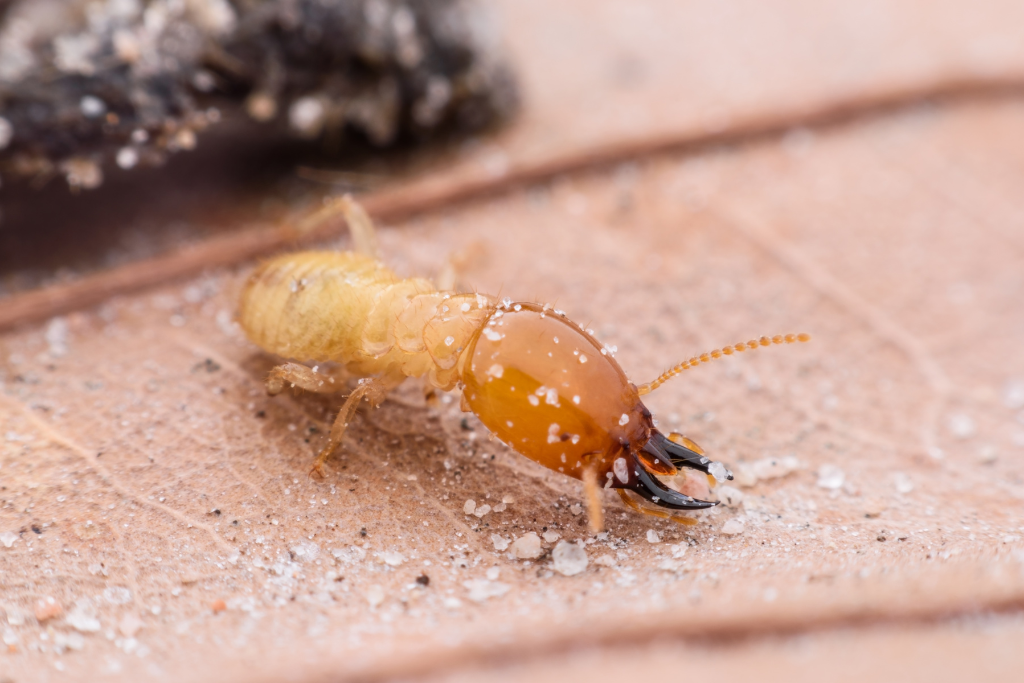
Ways Termites Spread from Neighboring Homes
Termites are highly adaptable and can move quietly from one property to another, often without homeowners noticing. They spread through underground tunnels, airborne swarmers, shared wooden structures, infested items, and roof or attic entry points. Let’s take a closer look at how this happens:
1. Soil-to-Structure Contact
Subterranean termites live underground and build mud tubes to access above-ground wood. If two homes are close together, their underground tunnels can easily extend from one yard to the next. Their colonies, too, seek out other areas within hundreds of feet. These termites travel through soil and up through cracks and gaps in foundations, plumbing, or utility lines, expanding their territory silently and quickly.
Once they find untreated wood in your home, they’ll start a new colony and continue feeding.
2. Swarming Reproductive Termites
During certain times of the year, termites produce winged swarmers, also known as alates. These swarmers fly out of mature colonies to create new ones. A single elate can become its own queen. A nearby home with an infestation can release hundreds or thousands of swarmers into the air, many of which can land on your property.
If they find small openings, cracks, or exposed wood, they can enter your home and begin a new colony inside. This is how drywood termites can easily spread in residential areas.
Don’t let tiny flyers turn into big problems - learn how termite swarmers can damage your home and how to stop them!
3. Shared Fencing and Wooden Structures
Wooden fences, decks, and patios that connect or run between homes can serve as bridges for termites. If one homeowner has untreated or infested wood, termites can use it as a pathway to travel across properties.
Once they reach another home, they quickly establish a presence inside your home.
To reduce this risk, it’s important to regularly inspect and maintain shared wooden structures and treat them with termite-resistant products when possible.
4. Transporting Infested Items
Sometimes, termites spread through human activity. Moving infested wooden furniture, firewood, or building materials from one location to another can unintentionally introduce termites into a new environment.
Even a small piece of infested wood can contain eggs or worker termites that expand into surrounding areas.
Although rare, this is a possibility
5. Roof and Attic Entry Points
Drywood termites live entirely within wood. They often enter through vents, roof shingles, or exposed wooden exterior and crawl spaces. If your home is close to another infested property, airborne swarmers can easily find their way and silently start multiple colonies.
Over time, they hollow out areas of your home without you knowing. After all, termites only eat wood - NOT paint.
Spot the signs before it’s too late - learn how to tell if termites are silently damaging your home!
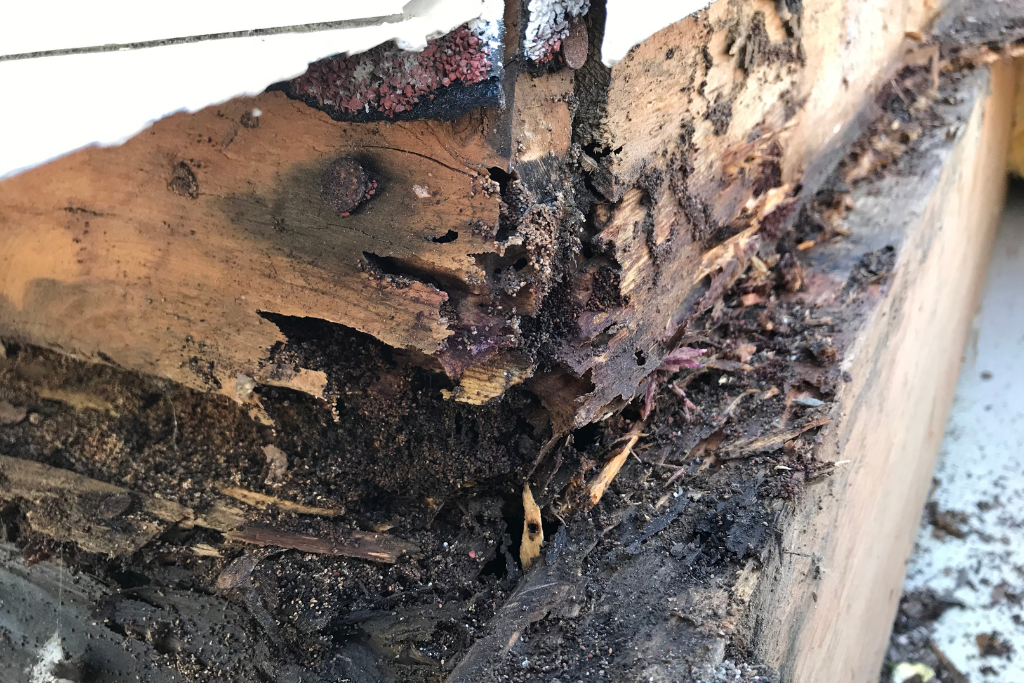
How to Prevent Termites from Spreading to Your Home
Preventing termites from invading your home requires a combination of regular inspections, proper maintenance, and proactive treatments. By controlling moisture, sealing entry points, treating wood and soil, and staying coordinated with neighbors, you can significantly reduce the risk of termite infestations.
1. Regular Termite Inspections: Schedule professional inspections at least once a year. Early detection helps catch termite activity before it spreads deep into your home.
2. Reduce Moisture Sources: Fix leaking faucets, ensure proper drainage around your foundation, proper sprinkler installation, and keep your home exterior clean. Moisture attracts termites like honey to bees.
3. Seal Entry Points: Caulk cracks, gaps, and holes in your foundation, windows, and doors to reduce termite entry paths. Paint wood thoroughly; do not leave it bare.
4. Maintain a Safe Distance: Avoid wood-to-soil contact wherever possible.
5. Treat Wood and Soil: Applying borate-based products to exposed wood can create a protective barrier against termite invasion.
6. Communicate with Neighbors: If you or your neighbor finds termites, it’s best to work together. Coordinated treatment can help prevent reinfestation between homes.

K Termite Solutions to Keep Termites Out of Your Property
Termites move fast, and they don’t knock before entering. K Termite stops them before they cause costly damage to your home. We provide FREE termite inspections and offer multiple treatment methods designed to eliminate active colonies and prevent future infestations.
Our team specializes in:
- Drywood Termite Treatments that reach hidden colonies inside walls and wood.
- Subterranean Termite Treatments target termites traveling underground between properties.
- Tent Fumigation for complete eradication of widespread infestations.
- Our in-house carpentry team performs wood repair and Replacement.
We back our work with strong warranties and offer ongoing termite protection plans to keep your property safe throughout the year. Termites can travel quietly from house to house, but with regular inspections and the right treatment plan, you can stop them from spreading to yours.
If you suspect termite activity or if your neighbor’s home has recently been treated, contact K Termite for a thorough inspection and professional guidance.
Related Articles:
How Often Should I Get a Termite Inspection for My Home?
Termite Prevention vs. Repair Costs: Which Saves You More Money?
Which Wood Types Are Most Resistant to Termite Damage?
Termites don’t respect property lines; they spread anywhere they can find food, moisture, and shelter. An infestation in your neighborhood could mean your home is next if preventive steps aren’t taken. Regular inspections, moisture control, and proper maintenance are essential to keeping termites at bay.
By working with a trusted professional like K Termite, you can ensure your home remains protected, even when nearby properties are affected. Prevention today can save you from expensive repairs tomorrow.
FAQs
Q1. Are termites contagious?
Termites aren’t contagious like diseases, but they spread quickly between homes through soil, wood, or air. If a nearby property is infested, termites can move toward your home in search of moisture and cellulose-rich materials.
Q2. How fast do termites spread?
- Termite spread speed varies by species, colony size, and environment.
- Subterranean termites can have colonies up to a million and spread several feet per day via underground tunnels.
- Drywood termites spread more slowly but can infest multiple areas simultaneously, causing long-term damage.
- Termites feed continuously once a food source is found, potentially hollowing out wood within a year.
- Even small termite groups can cause hidden damage before signs appear.
- Termites may flee during a neighbor’s treatment and invade nearby homes, making early inspections essential.

.png)

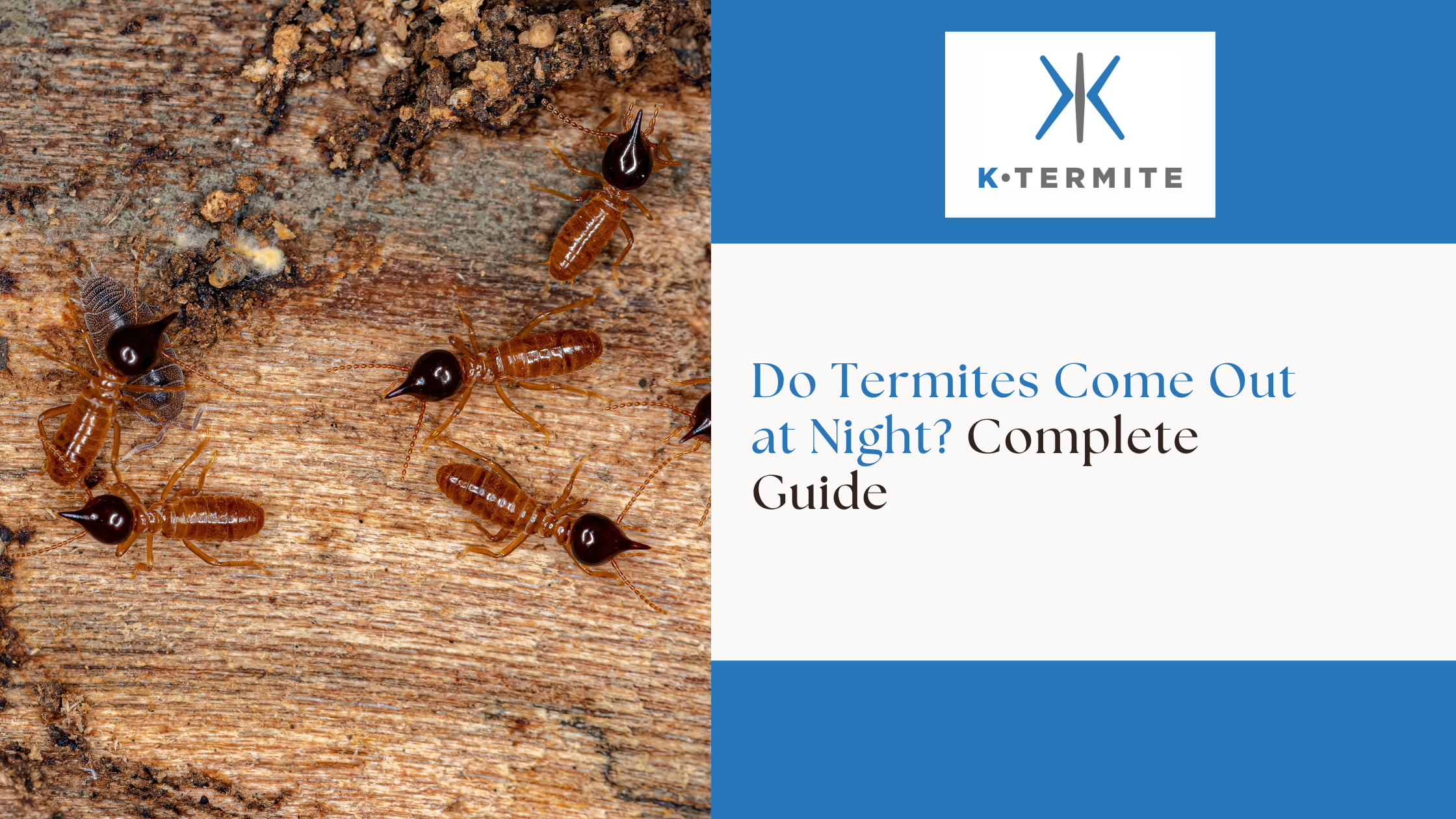

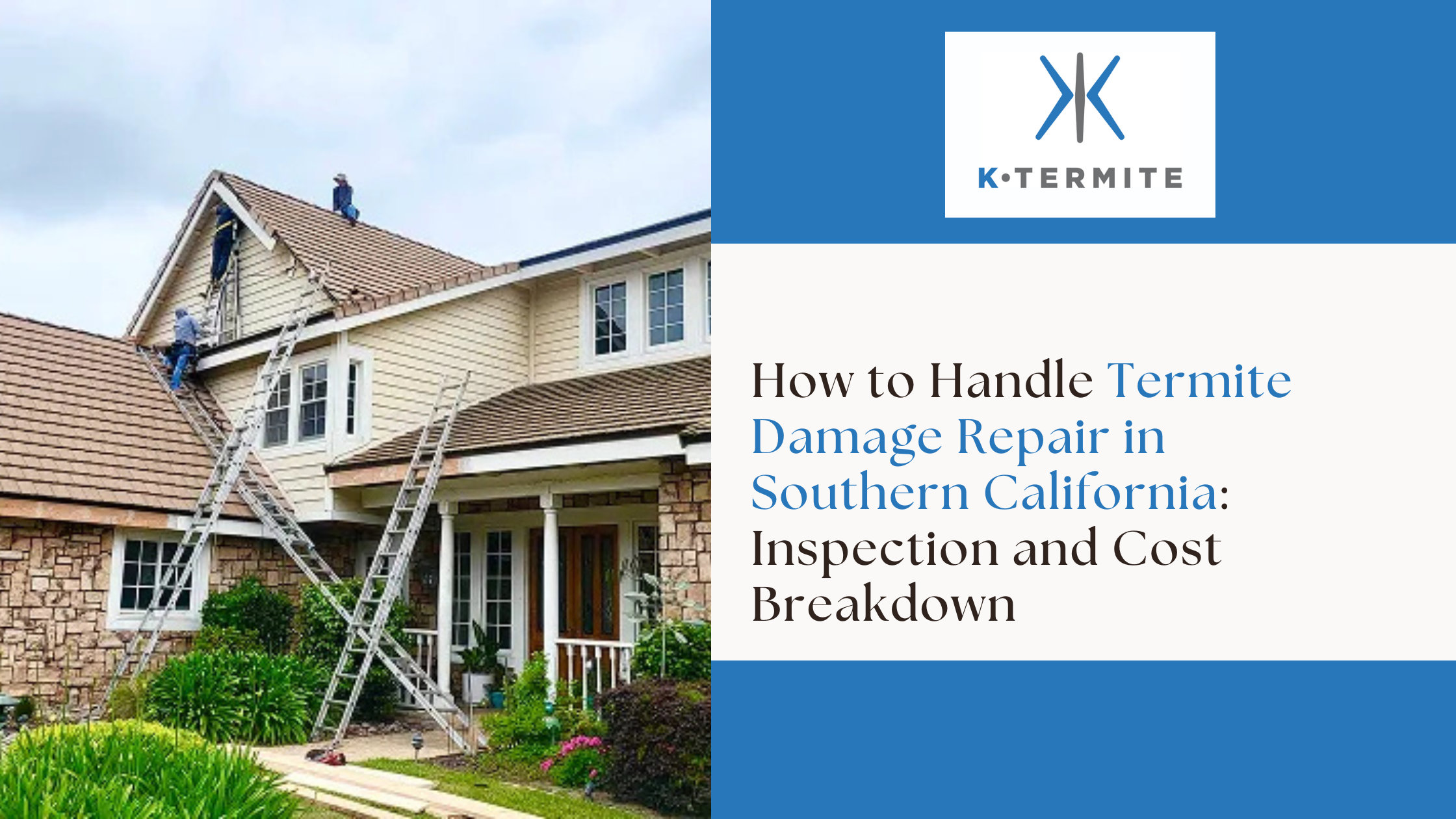

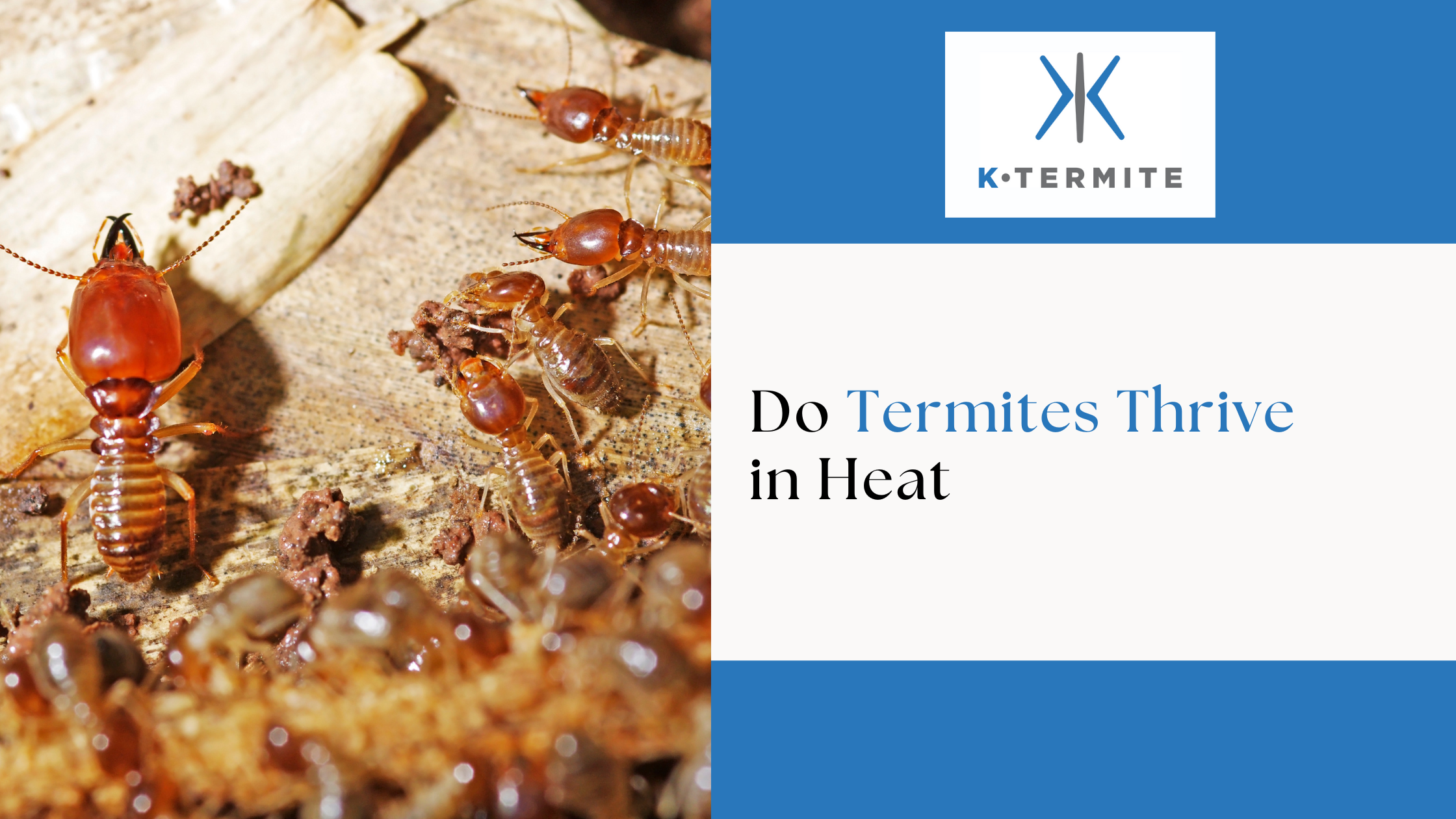

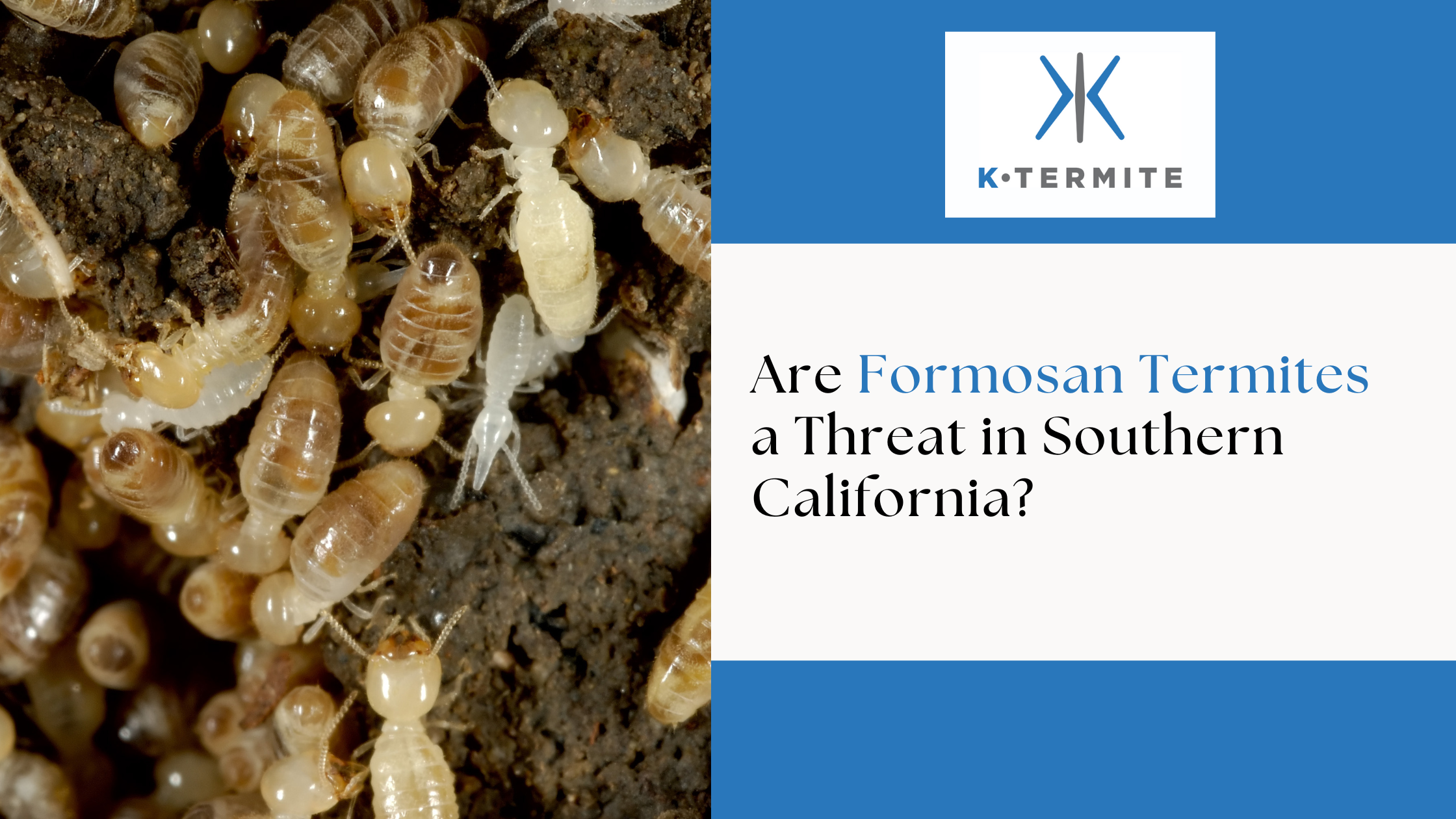

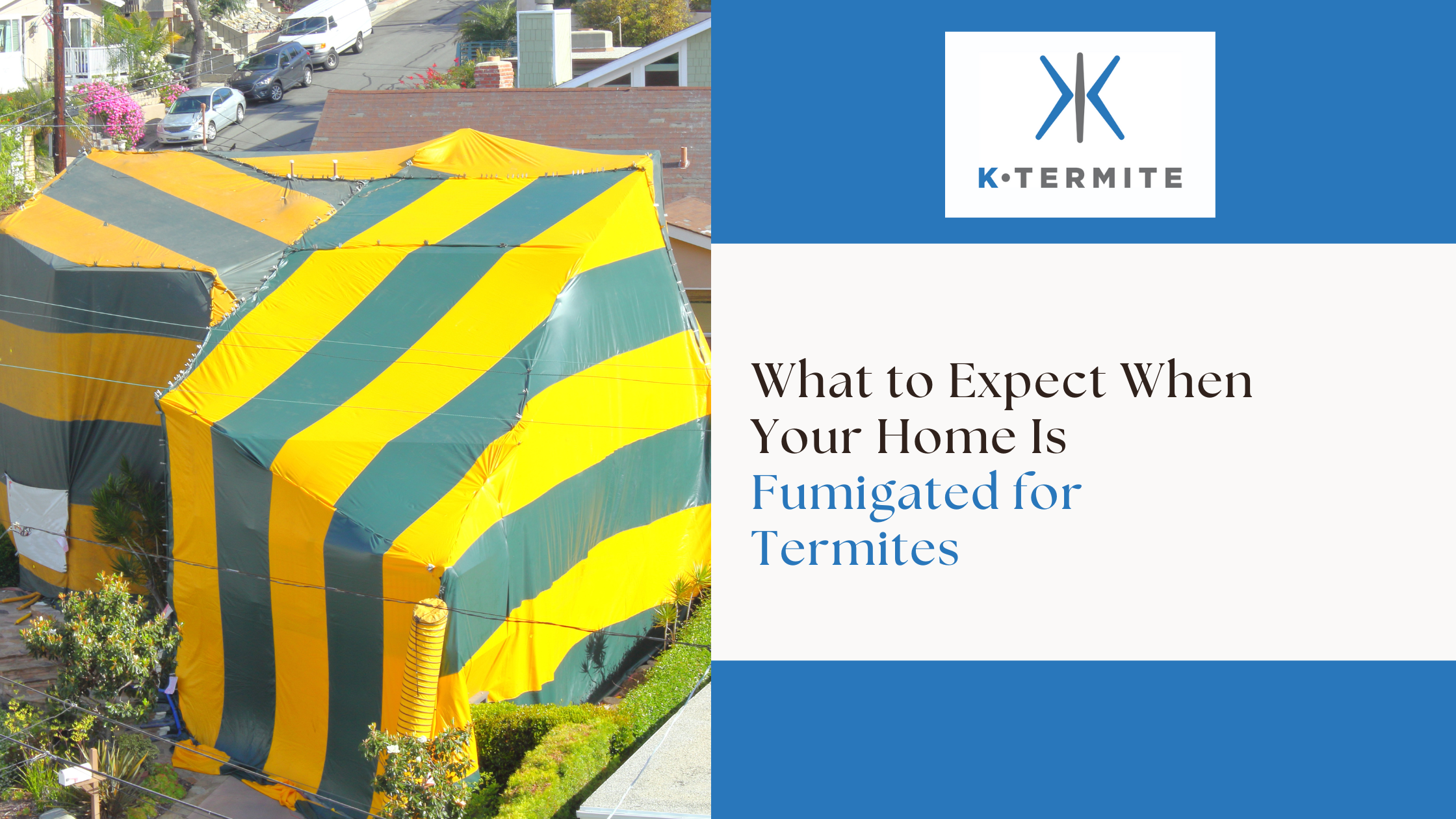


.png)
.png)
.png)
.png)
.png)
.png)
.png)


.png)
.png)


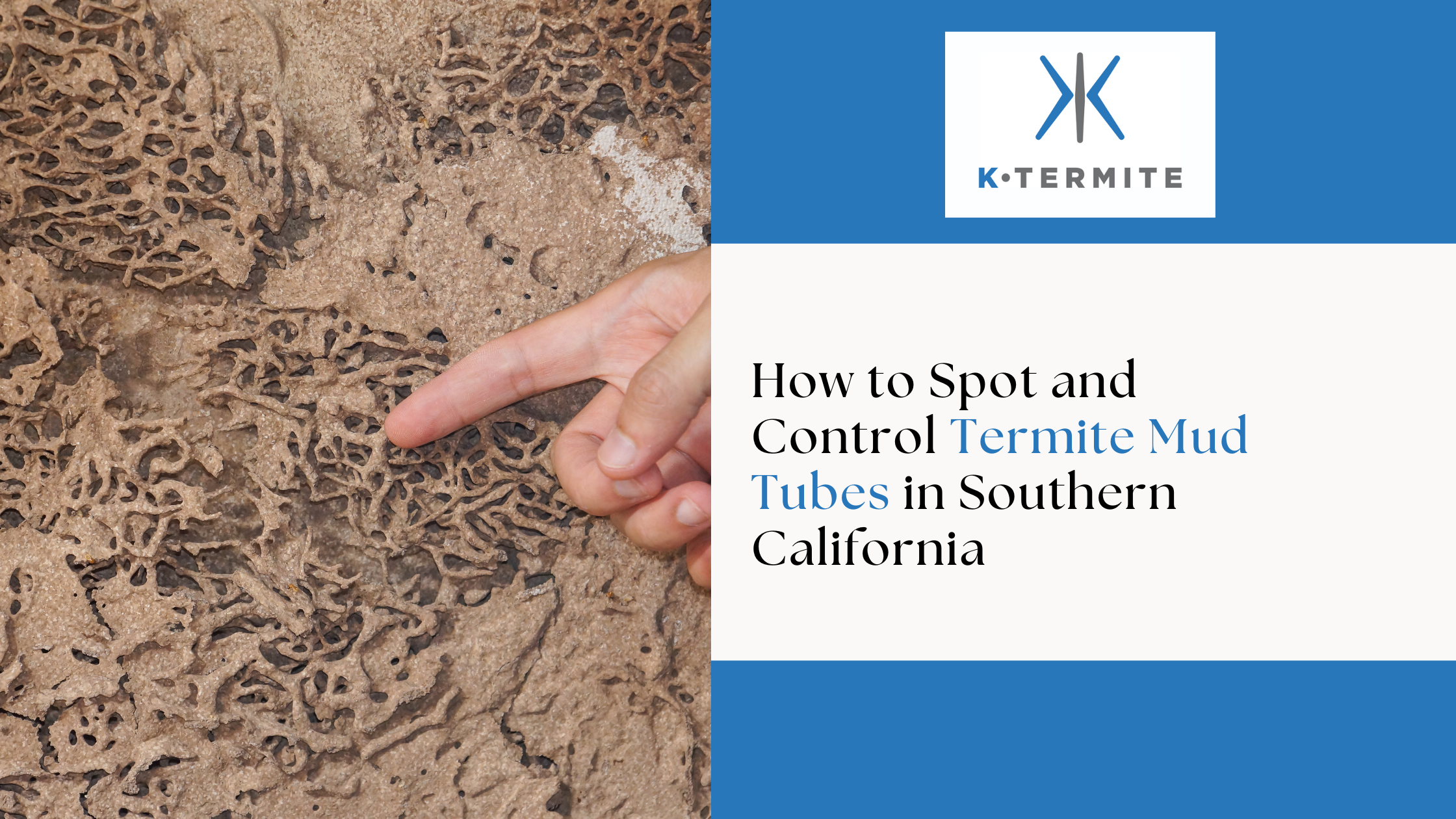



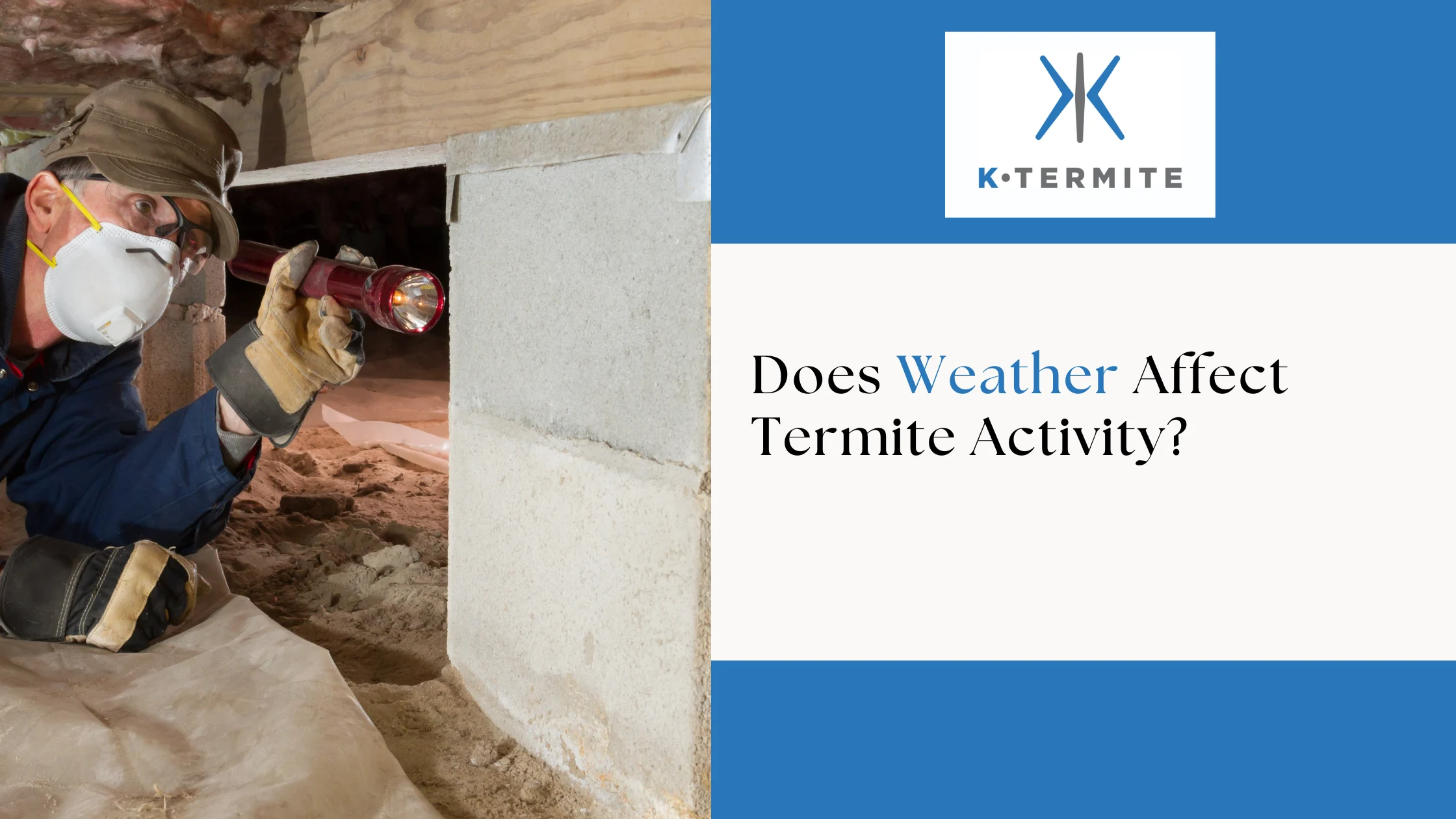
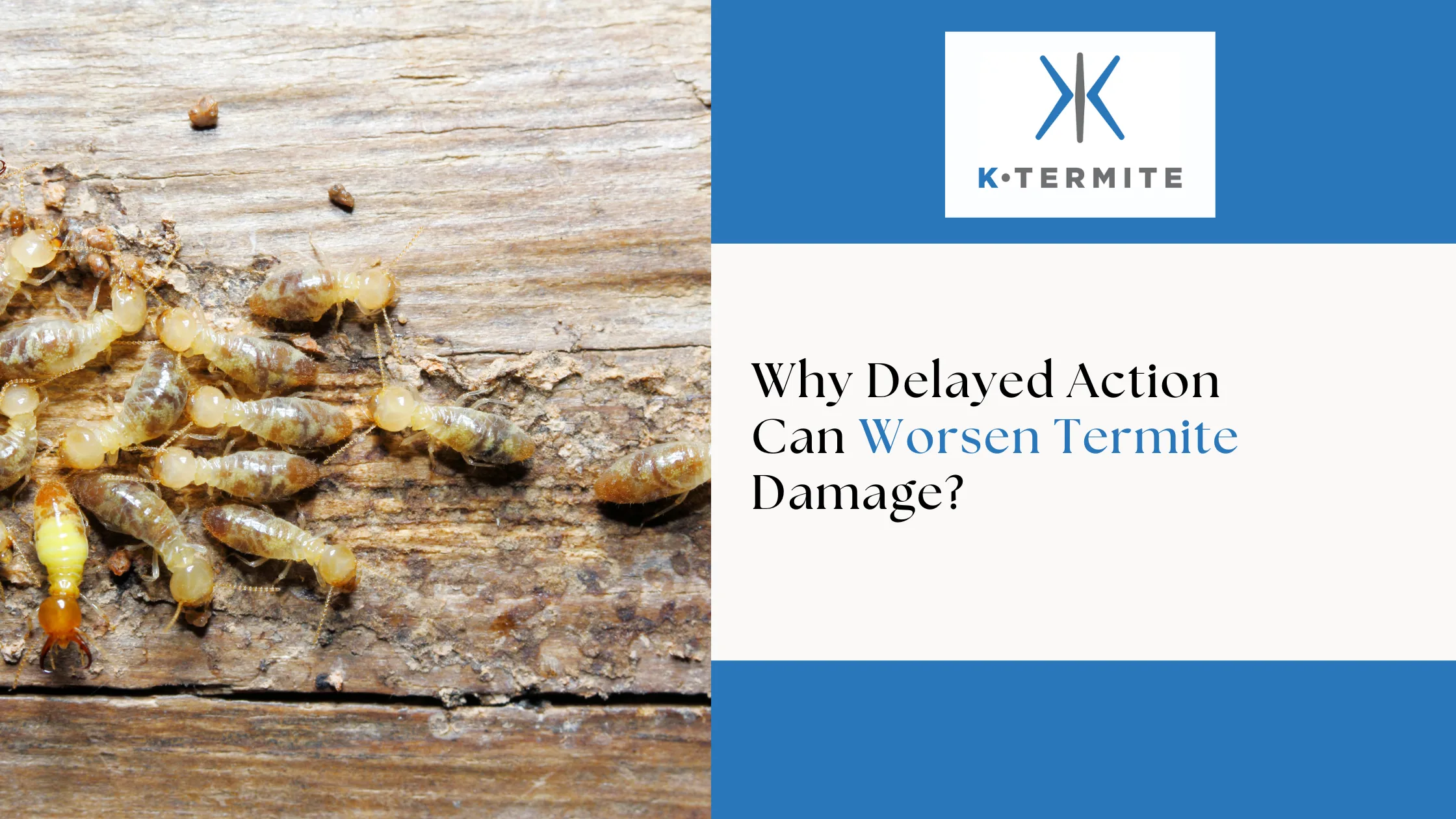

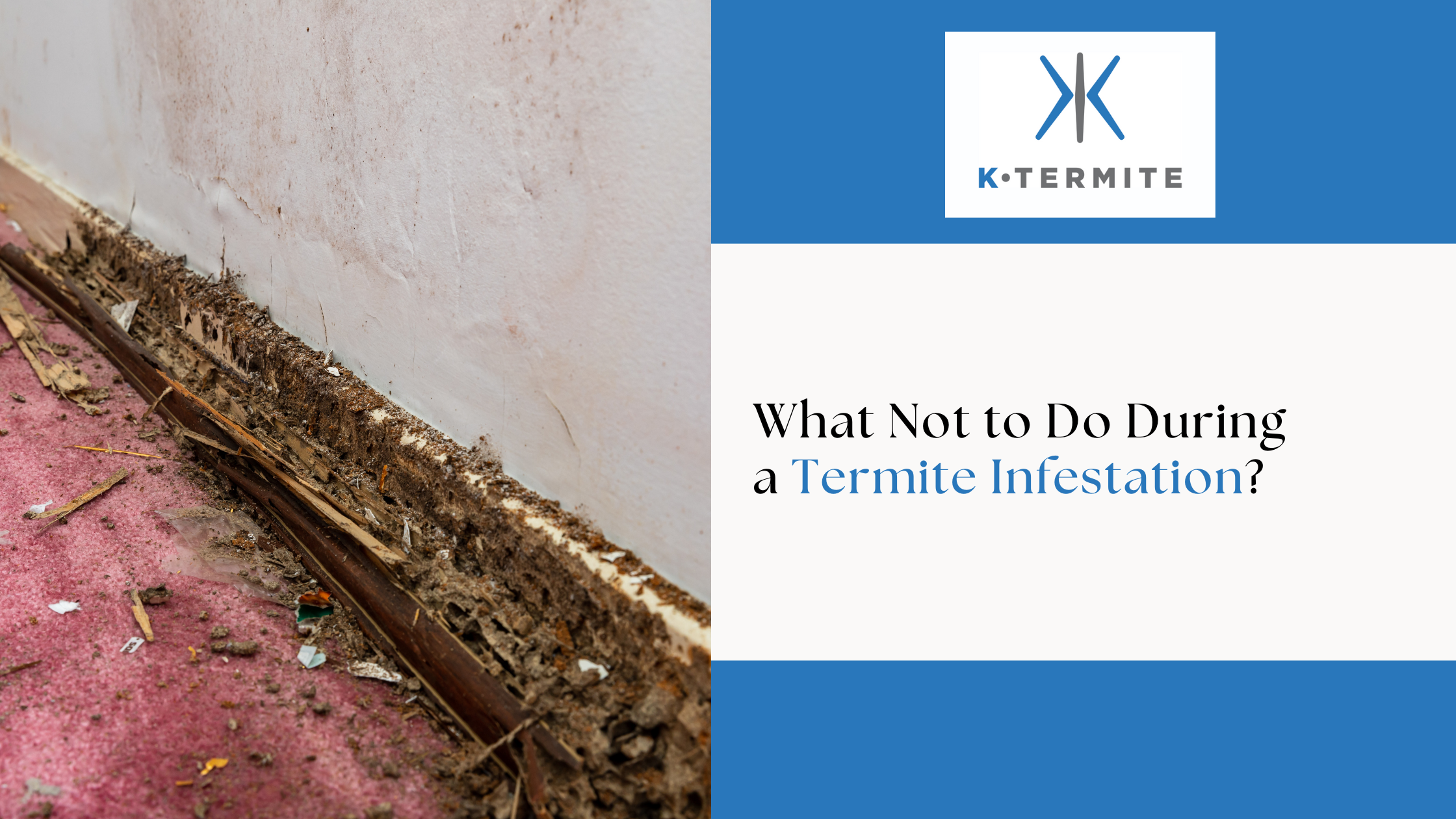

.png)
.png)

.png)
.jpg)
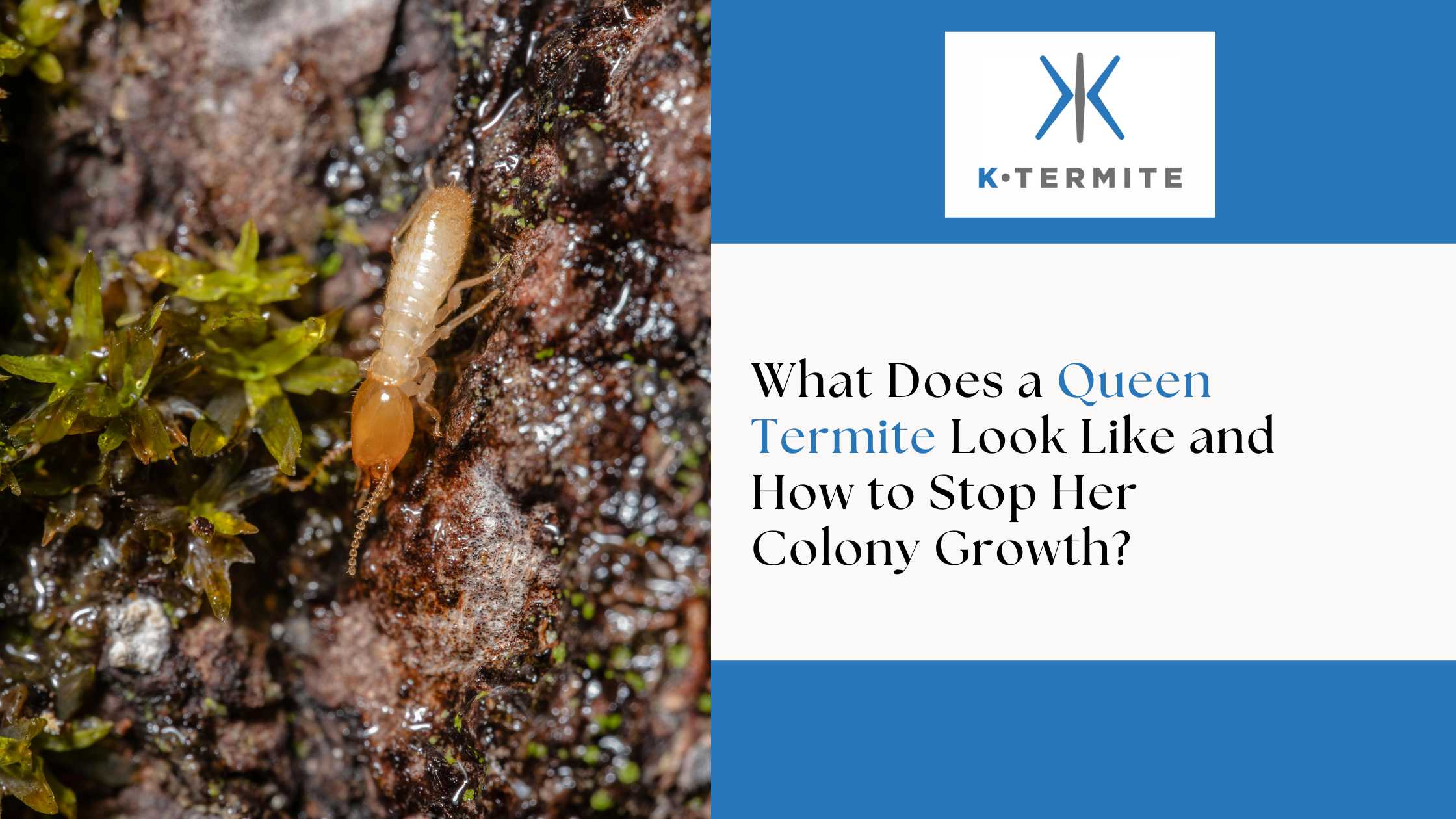

.webp)
.webp)


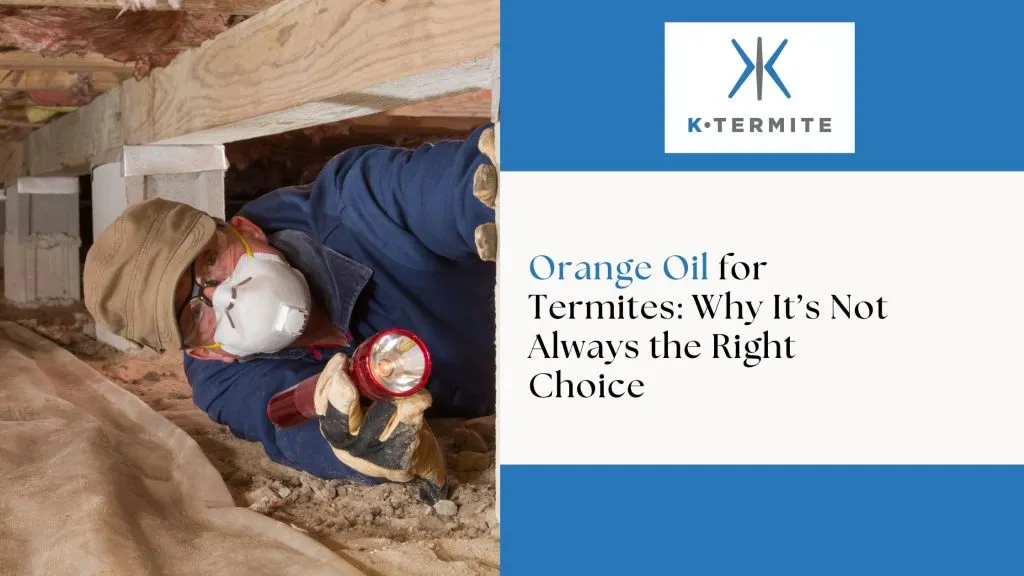

.webp)
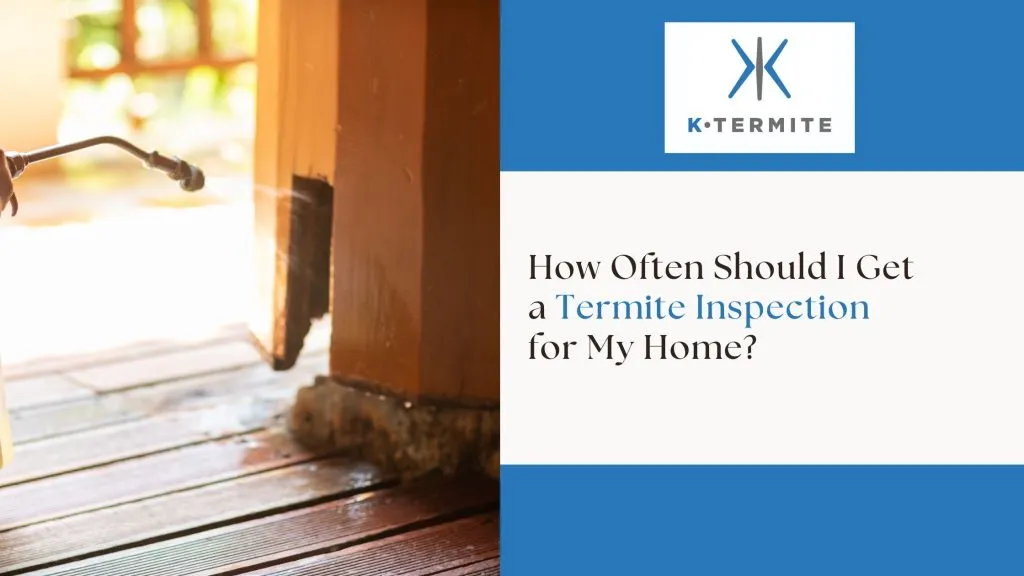

.svg)

